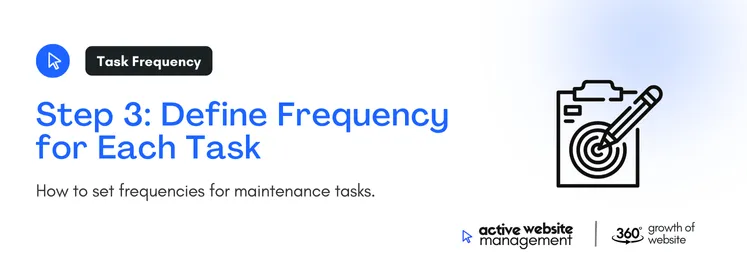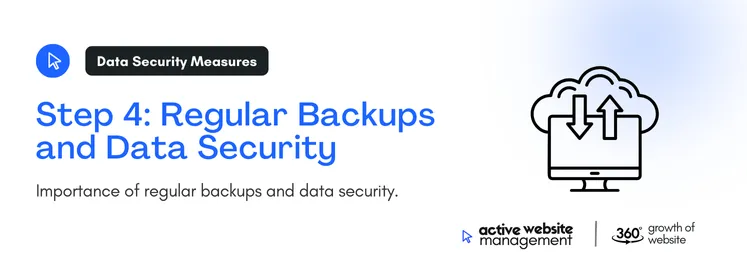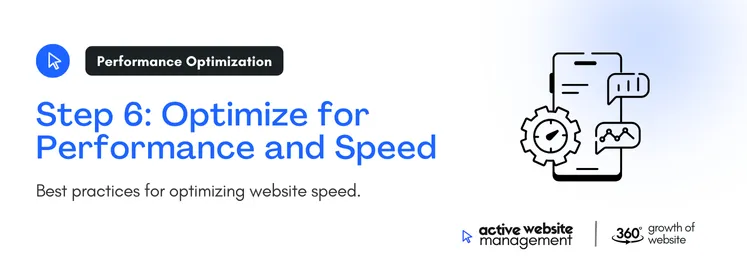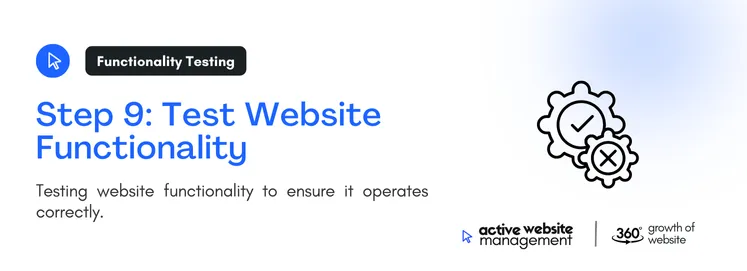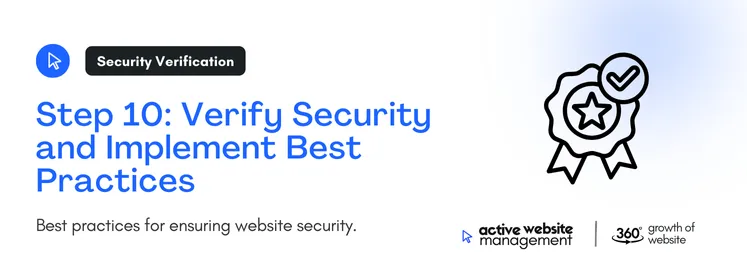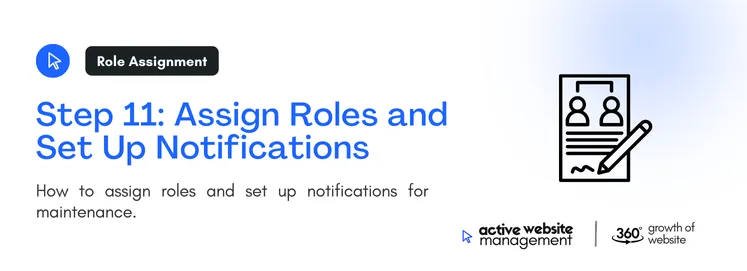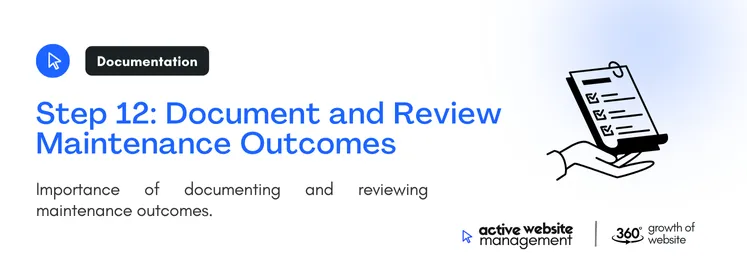
Creating a website maintenance schedule is essential for businesses aiming to keep their online presence secure, functional, and optimized for performance. A well-maintained website improves user experience, strengthens SEO, and keeps security vulnerabilities at bay. This guide will walk you through essential steps to establish a regular maintenance schedule, ensuring your website remains a valuable asset for your brand.
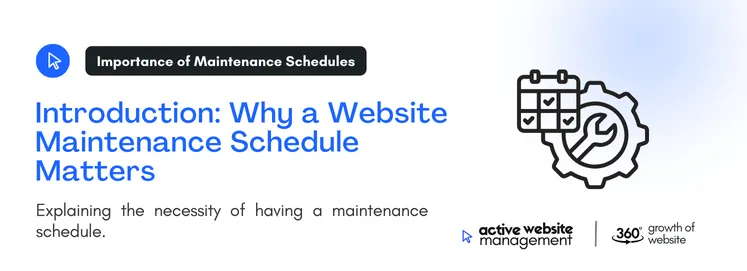
In the digital landscape, a website is the face of your business and plays a vital role in reaching potential customers, generating leads, and providing valuable information. A well-maintained website is integral to sustaining a positive user experience, strong SEO performance, and secure functionality. Creating a structured maintenance schedule ensures that you routinely check, optimize, and update essential components, preventing minor issues from becoming major setbacks.
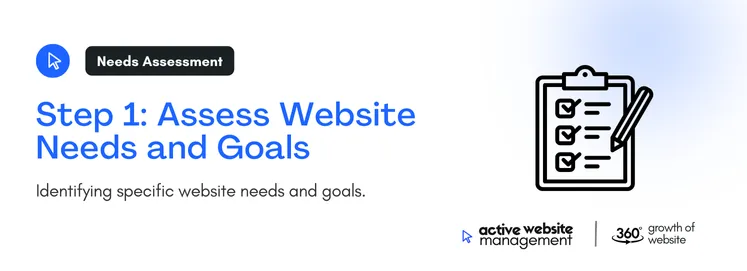
Start by identifying the core purpose of your website and its specific needs. For instance, a corporate site with simple informational pages may have different requirements than an eCommerce site with complex product listings and payment processing. Outline these primary goals:
Understanding these needs will guide the frequency and focus of your maintenance tasks.

Once you have a clear understanding of your website’s goals, identify essential maintenance tasks. Generally, these include:
Defining these tasks will help streamline your maintenance schedule.
Don't Wait for Growth—Accelerate It with Active Website Management
The frequency of maintenance tasks will depend on your website’s activity and traffic. Here’s a general guideline:
Setting these intervals provides consistency and prevents overlooked maintenance needs.
Backups protect against data loss from hacks, crashes, or accidental deletion. Establish a backup routine that aligns with your website’s activity level:
Regularly test backups by restoring them to a test environment to confirm their functionality.
Outdated CMS, themes, and plugins create security vulnerabilities. Make updating a regular part of your maintenance routine:
Ensure that updates are compatible with your existing setup, and test updates in a staging environment before applying them to your live site.
A fast website improves user satisfaction and search rankings. Regular speed optimization is crucial, and here’s how to keep your site’s performance in check:
Use tools like Google PageSpeed Insights or GTmetrix to measure load times and pinpoint areas needing improvement.
Mobile-friendliness is key to user experience and search engine ranking. Regularly test your website on various mobile devices to ensure it adapts seamlessly. For effective mobile optimization:
Google’s Mobile-Friendly Test tool can help you evaluate your site’s mobile compatibility.
SEO drives organic traffic, so regular optimization is crucial. Review analytics data to understand user behavior and make informed changes. Key aspects to review include:
SEO reviews help maintain or improve your search engine rankings over time.
Every element of your website should work seamlessly to avoid user frustration. Regularly test the following:
Testing ensures users have a smooth experience, improving engagement and conversions.
Security is critical to website health. Maintain a secure website by following best practices like:
Security measures protect sensitive user data and prevent costly breaches.
Ensure responsibility for each maintenance task is clearly defined. Assign roles to team members or your support provider, and set up alerts to stay informed about site issues or updates. Consider implementing:
Having clear assignments prevents tasks from slipping through the cracks.
Don't Wait for Growth—Accelerate It with Active Website Management
Documentation is essential for a structured maintenance process. Record completed tasks, the outcomes, and any necessary follow-up actions. Conduct quarterly or annual reviews of your website’s health and performance, and adjust the schedule as needed.
Regular documentation helps streamline your maintenance routine, making future tasks easier to manage.
Active Website Management (AWM) provides a streamlined solution to effectively handle each maintenance task, ensuring that your website remains optimized, secure, and running smoothly. By offering routine checks, expert support, and continuous optimization, AWM frees up your time and provides a professional, consistent approach to website upkeep. Here’s how AWM enhances your maintenance routine:
Creating a website maintenance schedule may seem overwhelming at first, but by breaking it down into manageable steps and setting a consistent schedule, you can protect and optimize your site. Regular maintenance improves user satisfaction, search engine rankings, and site security. By following these 12 steps, you’ll establish a routine that ensures your website remains an effective, secure, and high-performing business asset.

Be quick! Spots are almost gone for September. - Starts at ₹6666/month
Get started with AWM today and watch your website grow.
Our expert team is ready to help.
We respect your privacy. Unsubscribe anytime.
We respect your privacy. Unsubscribe anytime.
